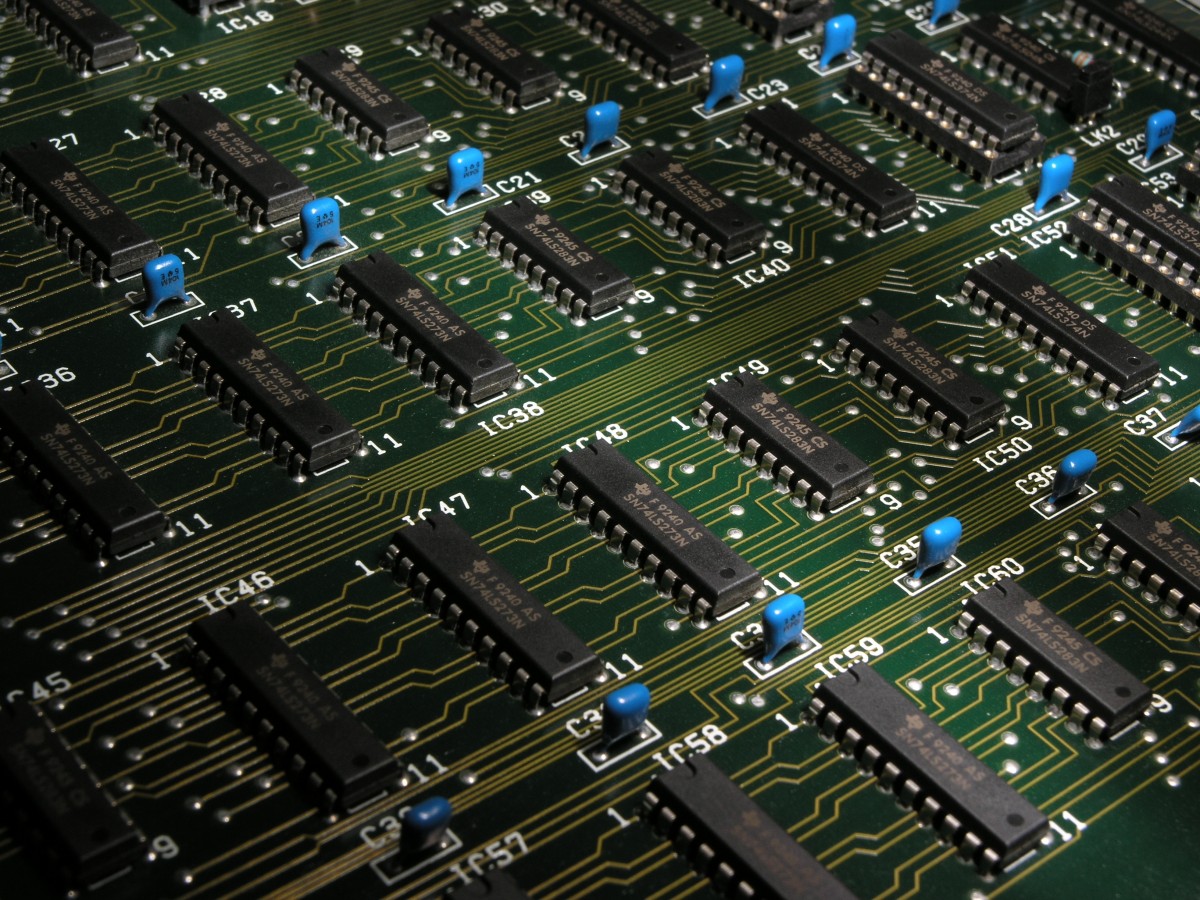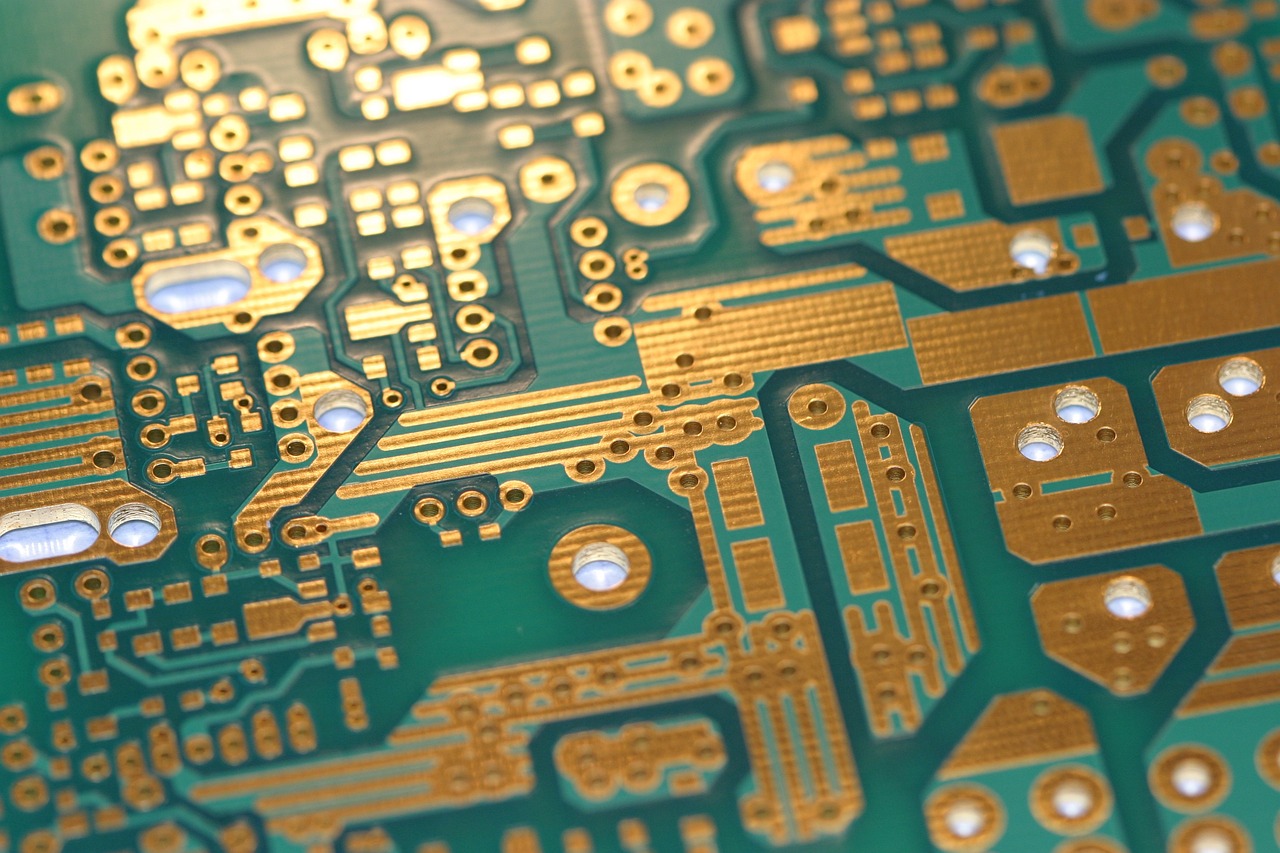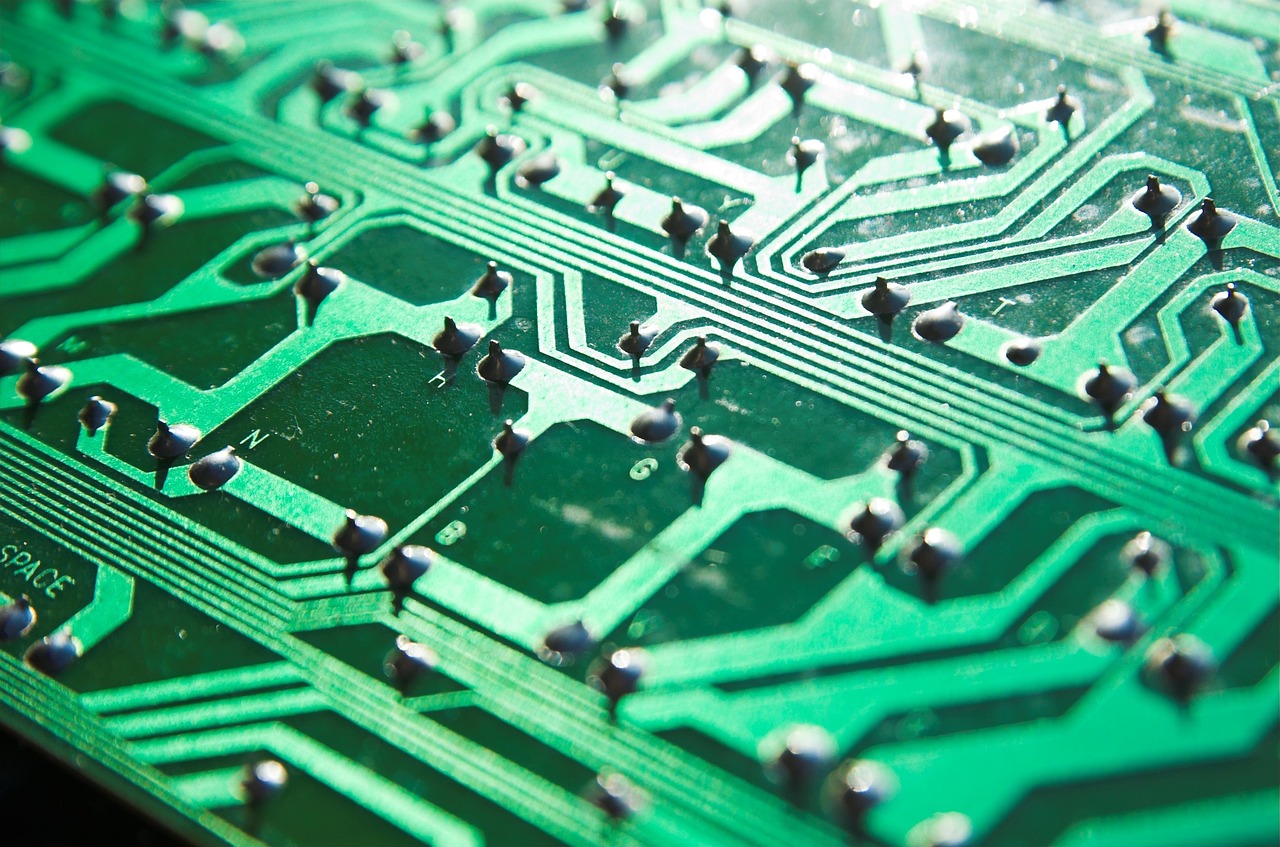Today, businesses are increasingly reliant on technology. This means that they are also increasingly vulnerable to cyberattacks. One of the most important aspects of business security is the integrity of the devices businesses use. These devices are all powered by printed circuit boards (PCBs).
PCBs are essential for the functionality of modern devices. They are responsible for routing electrical signals throughout the device, and they also contain the chips and other components that make the device work. As such, PCBs are a critical target for cyber attackers.
There are several ways that PCBs can be hacked. One way is to introduce malware into the PCB. This malware can then steal data, disrupt operations, or even take control of the device.
Another way to hack a PCB is to modify it physically. This can be done by adding or removing components or by altering the PCB's circuitry.
READ ALSO: Web Security Guide: Keeping Your Website Safe
Table of Contents
Why Circuit Boards Matter in Business Security?
Circuit boards, often the unsung heroes of electronics, play a vital role in business security. These intricate pathways etched with copper traces are the heart of countless security systems, acting as the brain behind the brawn. Here's why they're crucial for keeping your business safe:
1. Powering Security Devices
- Security Cameras: Circuit boards process video signals captured by security cameras, enabling features like motion detection and night vision. They also facilitate remote viewing and recording, allowing you to monitor your premises even when you're away.
- Access Control Systems: Key cards, fobs, and biometric scanners rely on circuit boards to read credentials and grant or deny access to secure areas.
- Intrusion Detection Systems: These systems use circuit boards to analyze sensor data (door contacts, motion detectors) and trigger alarms if a breach is suspected.
- Fire Alarms and Smoke Detectors: Circuit boards interpret sensor readings from smoke and heat detectors, sound alarms and initiate emergency protocols in case of fire.
2. Communication and Network Security
- Firewalls and Routers: Circuit boards within these network devices filter incoming and outgoing traffic, safeguarding your business network from unauthorized access and cyberattacks.
- Physical Security Information Management (PSIM) Systems integrate data from various security devices (cameras, access control) and present it in a centralized dashboard. Circuit boards enable real-time monitoring and coordinated response to security incidents.
3. Vulnerability and Compromise
- Hardware Vulnerabilities: Just like software, circuit boards can have inherent design flaws or bugs that hackers can exploit to gain unauthorized access to systems. Regular security updates (firmware updates) are crucial to patch these vulnerabilities.
- Supply Chain Risks: Counterfeit or compromised components within circuit boards can introduce security risks. Businesses should have reliable suppliers and implement measures to ensure the integrity of their hardware.
In conclusion, circuit boards are the silent workhorses behind a robust business security system. From powering security cameras to enabling complex communication and access control, they safeguard your physical assets and data.
However, it's vital to stay updated on potential hardware vulnerabilities and maintain a layered security approach to ensure your business remains protected.
Transition to the IoT
According to a report compiled in 2019, 94% of businesses will use the IoT by the end of 2021. This can mean many different things for many other businesses, but by and large, it is likely to translate to dependence on more devices.
From employee smartphones to wireless printing services to security sensors throughout offices, these devices can collect and share all sorts of data for the benefit of the business.
This is the nature of the IoT as it relates to business. And while it can simplify a lot of practices, it complicates security simply because there are more devices to protect.
Modern Device Integrity
Protecting those devices comes down in part to making sure the integrity of their internal electronics is secure and incorruptible.
For the most part, this is not something businesses handle directly but rather something that’s part of the printed circuit board design and device engineering process.
Within this process, there are area-sensitive parts of the PCB that have to be handled carefully so that there are no fabrication failures or similar issues.
This basically means that PCBs have to be designed in reliable ways, and such that they can stand up to the needs of the devices they’re fitted for. In its way, this is a form of data security. A reliable circuit board makes for a more durable device which will function as needed within the IoT.
Protective Device Functionality
Moving away from the fundamentals of the IoT and the concept of data security, circuit boards are also extraordinarily important when it comes to modern security for physical workplaces.
We’ve looked before at electrical fire prevention systems, which are excellent examples of protective devices that depend heavily on internal circuit boards and wiring.
Systems like these — as well as motion sensors, smoke sensors, etc. — require internal components that won’t break down and that can reliably connect to send wireless signals. This comes down in part to PCB design.
Hardware Can Be Hacked
It should also be mentioned that hardware — right down to printed circuit boards — can also be hacked. Generally, we’re used to the idea of hacking referring to digital concerns. For example, phones can be hacked via malware, insecure Wi-Fi, or password infiltration, which is why we tend to train ourselves to guard against all of the above.
Hardware hacking, at least for small, wireless devices, is less common. But it’s certainly possible for these devices to be physically corrupted. This can be done through an external chip or, on some occasions, by an altered chip or circuit board that can change how devices work.
Again, it’s not particularly common, but it’s one reason to value denser or more complex PCBs (which are harder to manipulate) and secure devices.
Fortunately, a lot of these concerns are handled by us. PCB design has become extraordinarily sophisticated, and the devices businesses rely on for wireless IoT integration tend to be difficult to manipulate without notice.
Even so, as we move into the digital age, we should continue to bear this sort of electrical and hardware security in mind.
In order to protect their PCBs from attack, businesses need to take a number of steps. These steps include:
- Using secure PCB design practices
- Keeping PCB firmware up to date
- Using firewalls and other security measures to protect network connections
- Conducting regular security audits
By taking these steps, businesses can help to protect their PCBs from attack and keep their data safe.
A Way Forward
- The transition to the Internet of Things (IoT) is increasing the number of devices that businesses need to secure.
- PCBs are also essential for the functionality of physical security devices, such as fire alarms and motion sensors.
- Hardware hacking is a less common threat than digital hacking, but it is still a risk that businesses must be aware of.
- Fortunately, there are a number of steps that businesses can take to protect their PCBs from attack.
Conclusion
The integrity of PCBs is essential for business security. By taking the necessary steps to protect their PCBs, businesses can help to keep their data safe and their operations secure.
Note: This was initially published in August 2020, but has been updated for freshness and accuracy.
RELATED POSTS
- Most Effective Cybersecurity Strategy For A Small Business [We Asked 45+ Experts]
- Network Firewalls: Comprehensive Guide For Non-Tech-Savvy People
- 5 Cybersecurity Tips To Protect Your Digital Assets As A Business
- Security Considerations For Internet Of Things (IoT)
- Taming the IoT in the Wild: How To Secure Your IoT Devices
- The Best Cyber Security Technology Trends You Must Know
About the Author:
Daniel Segun is the Founder and CEO of SecureBlitz Cybersecurity Media, with a background in Computer Science and Digital Marketing. When not writing, he's probably busy designing graphics or developing websites.








